Weak Links
WHAT ARE WEAK LINKS?
Weak links fall under the general mitigation measure of weakened gear, which is designed to be easier for bycaught animals to break free from. It has been suggested that weak links on floatlines and between the net panels of gillnets, and between the vertical line from a pot/trap to a buoy, may decrease the mortality rate of entangled marine mammals. These links are designed to break under a certain maximum pressure (that is greater than in normal fishing operations).
CURRENT RESEARCH & USE
In the USA, weak links have long been mandated by the Government as a mitigation measure in certain anchored gillnet and pot/trap fisheries. Breaking strength specification has varied, but in recent times a weak link with maximum breaking strength (MBS) of 272.4kg must be used in inshore lobster pot/trap gear; and a weak link with a MBS of 680.4kg in all offshore gear. For anchored gillnet gear, weak links with a MBS of 498.8kg must be inserted into net panels (Laverick et al, 2017).
However, the efficacy of this mitigation measure does not appear to have reduced the incidence or severity of whale entanglements in the USA. There are concerns that when buoys separate from vertical pot or trap lines, sections of gear may remain tangled around released whales. Furthermore, it has been noted that crew are more easily able to fully disentangle whales when they are ‘anchored’ in place. The effectiveness of weak links in preventing bycatch depends on the force required to break it. For example, evidence from the USA highlights that weak links designed to prevent whale entanglement have limited effectiveness in preventing entanglement of leatherback turtles.
This page was last updated on 20.12.22.
Interested in how this and other measures could mitigate bycatch in your fishery? Get in touch with us to collaborate or take part in a study.
